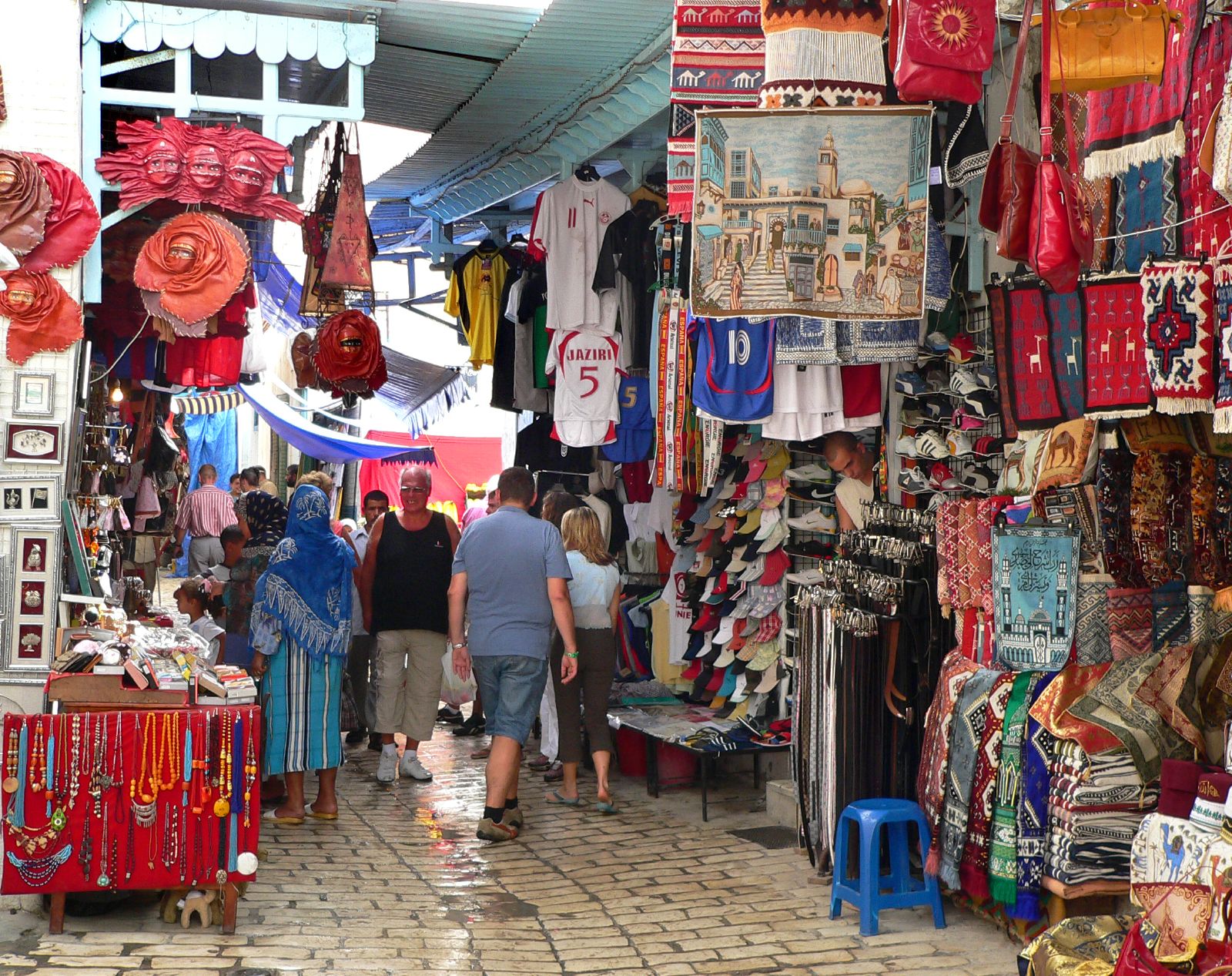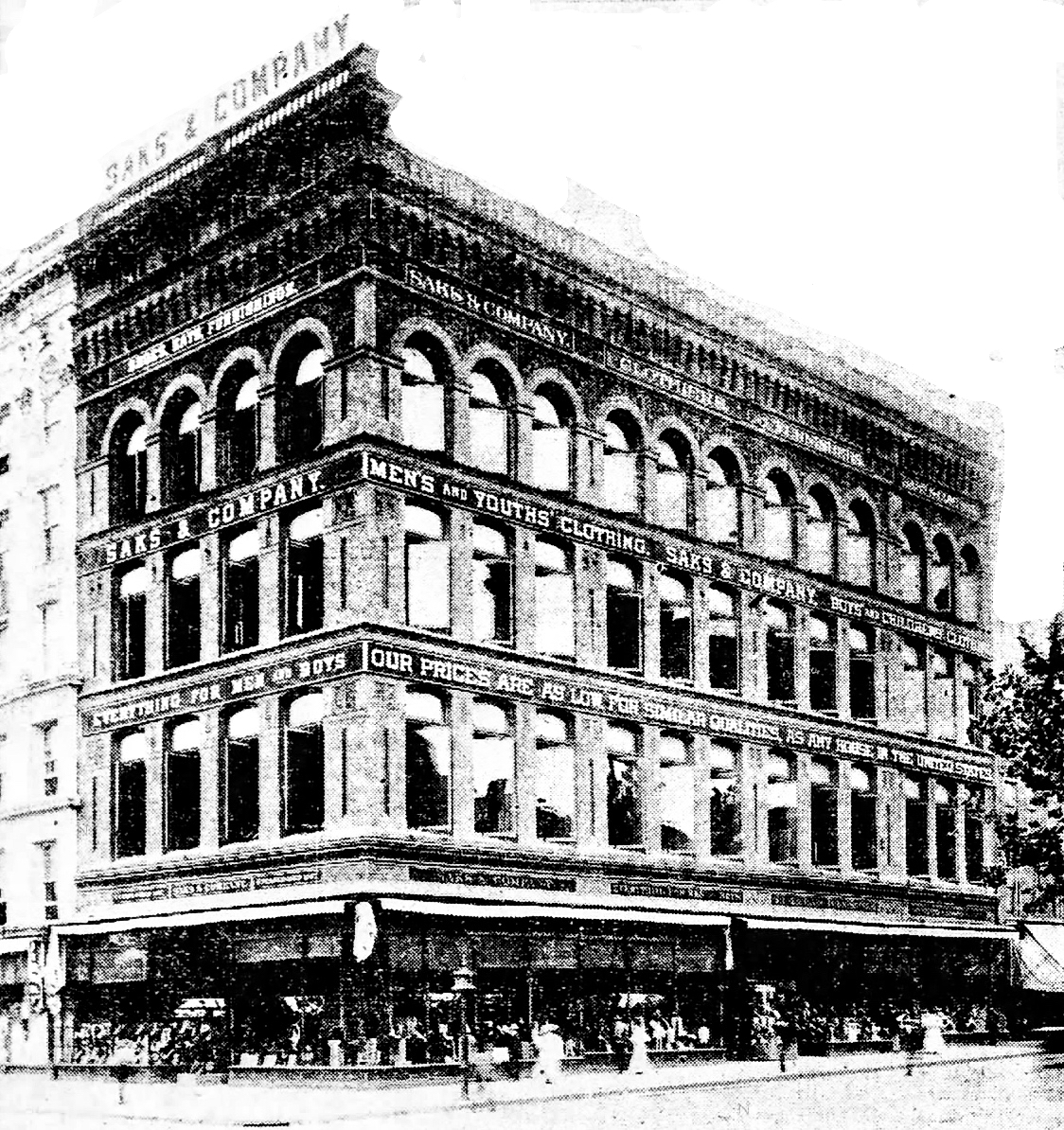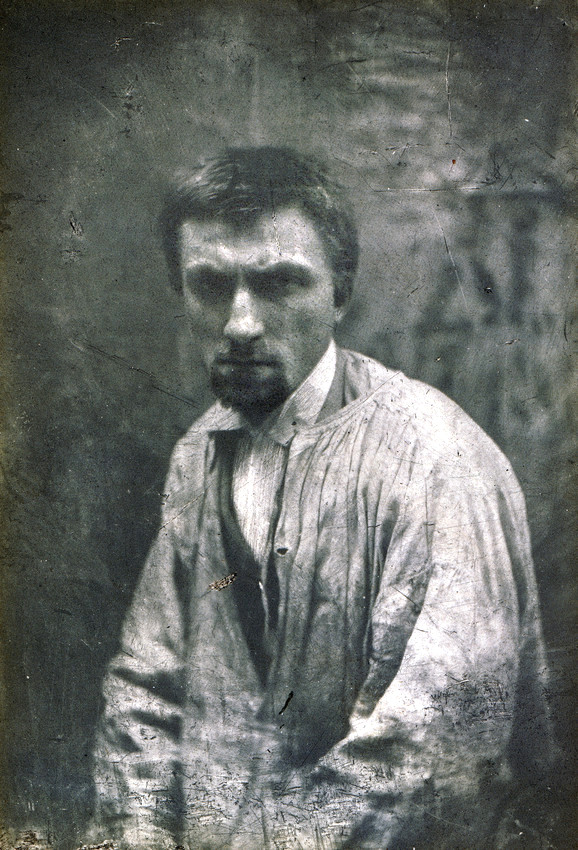|
Plaza Carso
Plaza Carso is a large mixed-use development in the Nuevo Polanco area of Miguel Hidalgo, Mexico City, backed by billionaire Carlos Slim. The total cost of the complex is quoted between US$800 million and 1.4 billion. The complex claims to be the largest mixed-use development in Latin America. It was built on the site of a former Vitro glass factory. The complex includes the following components: * Museo Soumaya, owned by the Carlos Slim Foundation. The museum contains the Slim's extensive art, religious relic, historical document, and coin collection. The museum holds works by many of the best known European artists from the 15th to the 20th century including a large collection of casts of sculptures by Auguste Rodin. The building is a shiny silver cloud-like structure reminiscent of a Rodin sculpture. * Museo Júmex, opened November 2013, to house part of the Colección Jumex, the contemporary art collection of the Jumex juice company. * The Plaza Carso shopping center, featuring ... [...More Info...] [...Related Items...] OR: [Wikipedia] [Google] [Baidu] |
América Móvil
América Móvil is a Mexican telecommunications corporation headquartered in Mexico City, Mexico. It is the 7th largest mobile network operator in terms of equity subscribers and one of the largest corporations in the world. América Móvil is a Forbes Global 2000 company. As of Q1, 2019, América Móvil had 277.4 million wireless subscribers, and 84.3 million fixed revenue generating units ("RGUs", consisting of fixed voice, fixed data and Pay TV units). History América Móvil was created in 2001 when Telmex spun off its wireless mobile activities from its landline and internet activities. On November 15, 2005, the company signed an international pact with Ooredoo to jointly deliver various international services. In 2006, América Móvil made a bid to acquire Verizon's Latin American and Caribbean operations and unified its brands (Comcel Colombia, Porta in Ecuador, Telcel in México, Tracfone in the US and CTI Movil in Paraguay, Uruguay and Argentina) under Claro unbrella. ... [...More Info...] [...Related Items...] OR: [Wikipedia] [Google] [Baidu] |
Museo Soumaya
The Museo Soumaya is a private museum in Mexico City and a non-profit cultural institution with two museum buildings in Mexico City — Plaza Carso and Plaza Loreto. It has over 66,000 works from 30 centuries of art including sculptures from Pre-Hispanic Mesoamerica, 19th- and 20th-century Mexican art and an extensive repertoire of works by European old masters and masters of modern western art such as Auguste Rodin, Salvador Dalí, Bartolomé Esteban Murillo and Tintoretto. It is called one of the most complete collections of its kind. The museum is named after Soumaya Domit, who died in 1999, and was the wife of the founder of the museum Carlos Slim. The museum received an attendance of 1,095,000 in 2013, making it the most visited art museum in Mexico and the 56th in the world that year. In October 2015, the museum welcomed its five millionth visitor. The museum was designed by Slim's son-in-law, Fernando Romero's practice, fr·ee. Collection The Museo Soumaya has a collect ... [...More Info...] [...Related Items...] OR: [Wikipedia] [Google] [Baidu] |
Museo Júmex
Museo may refer to: * Museo, 2018 Mexican drama heist film *Museo (Naples Metro) Museo is a station on line 1 of the Naples Metro. It was opened on 5 April 2001 as the eastern terminus of the section of the line between Vanvitelli and Museo. On 27 March 2002 the line was extended to Dante Dante Alighieri (; – 14 S ..., station on line 1 of the Naples Metro * Museo, Seville, neighborhood of Seville, Spain {{disambiguation ... [...More Info...] [...Related Items...] OR: [Wikipedia] [Google] [Baidu] |
Shopping Malls In Greater Mexico City
Shopping is an activity in which a customer browses the available goods or services presented by one or more retailers with the potential intent to purchase a suitable selection of them. A typology of shopper types has been developed by scholars which identifies one group of shoppers as recreational shoppers, that is, those who enjoy shopping and view it as a leisure activity.Jones, C. and Spang, R., "Sans Culottes, Sans Café, Sans Tabac: Shifting Realms of Luxury and Necessity in Eighteenth-Century France," Chapter 2 in ''Consumers and Luxury: Consumer Culture in Europe, 1650-1850'' Berg, M. and Clifford, H., Manchester University Press, 1999; Berg, M., "New Commodities, Luxuries and Their Consumers in Nineteenth-Century England," Chapter 3 in ''Consumers and Luxury: Consumer Culture in Europe, 1650-1850'' Berg, M. and Clifford, H., Manchester University Press, 1999 Online shopping has become a major disruptor in the retail industry as consumers can now search for product ... [...More Info...] [...Related Items...] OR: [Wikipedia] [Google] [Baidu] |
Mixed-use Developments In Mexico
Mixed-use is a kind of urban development, urban design, urban planning and/or a zoning type that blends multiple uses, such as residential, commercial, cultural, institutional, or entertainment, into one space, where those functions are to some degree physically and functionally integrated, and that provides pedestrian connections. Mixed-use development may be applied to a single building, a block or neighborhood, or in zoning policy across an entire city or other administrative unit. These projects may be completed by a private developer, (quasi-) governmental agency, or a combination thereof. A mixed-use development may be a new construction, reuse of an existing building or brownfield site, or a combination. Use in North America vs. Europe Traditionally, human settlements have developed in mixed-use patterns. However, with industrialization, governmental zoning regulations were introduced to separate different functions, such as manufacturing, from residential areas. Public ... [...More Info...] [...Related Items...] OR: [Wikipedia] [Google] [Baidu] |
Buildings And Structures In Mexico City
A building, or edifice, is an enclosed structure with a roof and walls standing more or less permanently in one place, such as a house or factory (although there's also portable buildings). Buildings come in a variety of sizes, shapes, and functions, and have been adapted throughout history for a wide number of factors, from building materials available, to weather conditions, land prices, ground conditions, specific uses, prestige, and aesthetic reasons. To better understand the term ''building'' compare the list of nonbuilding structures. Buildings serve several societal needs – primarily as shelter from weather, security, living space, privacy, to store belongings, and to comfortably live and work. A building as a shelter represents a physical division of the human habitat (a place of comfort and safety) and the ''outside'' (a place that at times may be harsh and harmful). Ever since the first cave paintings, buildings have also become objects or canvasses of much artistic ... [...More Info...] [...Related Items...] OR: [Wikipedia] [Google] [Baidu] |
Telcel
Telcel is a Mexican wireless telecommunications company, owned by América Móvil. Founded in 1984 and based in Mexico City, Telcel is the leading provider of wireless communications services in Mexico. As of December 31, 2006, Telcel's cellular network covered more than 63% of the geographical area of Mexico, including all major cities, and 90% of Mexico's population. Telcel holds concessions to operate a wireless network in all nine geographic regions in Mexico using both the 850 megahertz and 1900 megahertz radio spectrum. According to Cofetel (Comision Federal de Telecomunicaciones—Mexico's Federal Telecommunications Commission), as of July 2008, Telcel's subscribers represented an estimated 77.2% share of the Mexican wireless market. Telcel is the largest wireless carrier in Mexico, with 77.2 million subscribers as of March 2020. Voice services Telcel provides services in AMPS, GSM, and TDMA, as well as the newer technologies of UMTS and WCDMA. Because of the wide base of ... [...More Info...] [...Related Items...] OR: [Wikipedia] [Google] [Baidu] |
Saks Fifth Avenue
Saks Fifth Avenue (originally Saks & Company; Colloquialism, colloquially Saks) is an American Luxury goods, luxury department store chain headquartered in New York City and founded by Andrew Saks. The original store opened in the F Street and 7th Street shopping districts, F Street shopping district of Washington, D.C. in 1867. Saks expanded into Manhattan with its Herald Square store in 1902 and Saks Fifth Avenue flagship store, flagship store on Fifth Avenue in 1924. The chain was acquired by Tennessee-based Proffitt's, Inc. (renamed Saks, Inc.) in 1998, and Saks, Inc. was acquired by the Canadian-founded Hudson's Bay Company (HBC) in 2013. Subsidiary Saks Off 5th, originally a clearance store for Saks Fifth Avenue, is now a large off-price retailer in its own right managed independently from Saks Fifth Avenue under HBC. History Early history Andrew Saks was born to a German Jewish family, in Baltimore. He worked as a peddler and paper boy before moving to Washington, D ... [...More Info...] [...Related Items...] OR: [Wikipedia] [Google] [Baidu] |
Jumex
Grupo Jumex, S.A. de C.V. (pronounced "HOO-MEX"), which means Jugos Mexicanos (Mexican Juices), is a brand of juice and nectar from Mexico. The Jumex brand is also popular among Hispanic consumers in the United States. Currently, the Jumex Group (which manufactures Jumex) offers lines of fresh and preserved fruit juices, nectar, children's drinks, milk, smoothies, energy drinks, and sports drinks in Mexico. Its headquarters are in Ecatepec de Morelos, State of Mexico, in the Mexico City area. History The origins of Jumex lie with Fruit and Juice Packing, Inc. (''Empacadora de Frutas y Jugos, S.A.'') and its Frugo brand, which was founded on April 27, 1961. Grupo Jumex began with the vision of Don Eugenio López Rodea, who managed to bottle the first apple nectar in a can of 350-milliliter on June 6, 1961. With the support of his family and community, Jumex was born with only 20 workers and now it has approximately 4000 workers. The first flavors were apricot, apple, guava, ma ... [...More Info...] [...Related Items...] OR: [Wikipedia] [Google] [Baidu] |
Colección Jumex
Colección Jumex is a private art collection owned by Eugenio López Alonso. It includes around 2,800 works by Damien Hirst, Andy Warhol, Gabriel Orozco, Cy Twombly, Jeff Koons, Marcel Duchamp, Andreas Gursky, Darren Almond, Tacita Dean, Olafur Eliasson, Martin Kippenberger, Carl Hopgood, Bruce Nauman, David Ostrowski, Francis Alÿs, Urs Fischer, Marcel Duchamp, Gego, Donald Judd, Ed Ruscha, Nancy Rubins, Richard Prince, and Martin Creed. History Eugenio López Alonso purchased his first work of Mexican art in 1994. This was the symbolic beginning of Fundación Jumex Arte Contemporáneo: from the outset, López was more interested in sharing his interest in art than in amassing a collection of objects. Over the 1990s, Eugenio López spent his time studying contemporary art while also traveling and researching how to put together a collection that would encourage the development of the work of artists of his generation in Mexico. Buying pieces by local and foreign artists whi ... [...More Info...] [...Related Items...] OR: [Wikipedia] [Google] [Baidu] |
Auguste Rodin
François Auguste René Rodin (12 November 184017 November 1917) was a French sculptor, generally considered the founder of modern sculpture. He was schooled traditionally and took a craftsman-like approach to his work. Rodin possessed a unique ability to model a complex, turbulent, and deeply pocketed surface in clay. He is known for such sculptures as ''The Thinker'', ''Monument to Balzac'', '' The Kiss'', ''The Burghers of Calais'', and ''The Gates of Hell''. Many of Rodin's most notable sculptures were criticized, as they clashed with predominant figurative sculpture traditions in which works were decorative, formulaic, or highly thematic. Rodin's most original work departed from traditional themes of mythology and allegory. He modeled the human body with naturalism, and his sculptures celebrate individual character and physicality. Although Rodin was sensitive to the controversy surrounding his work, he refused to change his style, and his continued output brought increas ... [...More Info...] [...Related Items...] OR: [Wikipedia] [Google] [Baidu] |
Nuevo Polanco
Nuevo Polanco (English, "New Polanco") is an area of Mexico City formerly consisting of warehouses and factories, bordering the upscale Polanco on the north across Avenida Ejército Nacional. Officially it consists of two '' colonias'', Granada and Ampliación Granada. This area is undergoing an accelerated process of re-conversion and development. With a major transformation taking place, it is one of the fastest and most important real estate development areas in the country. Taking advantage of their now prime location, big pieces of land originally occupied mainly by industries are being used to build large housing, office, commercial and cultural developments with shops, restaurants, cinemas, museums, a 1,500-seat theater, a luxury hotel, etc. Many of them integrate in their name the word 'Polanco' thus seeking to capitalize on its reputation. In October 2013, the Secretariat of Urban Development and Housing (SEDUVI) put a stop to further development until a master plan for ... [...More Info...] [...Related Items...] OR: [Wikipedia] [Google] [Baidu] |


.jpg)




